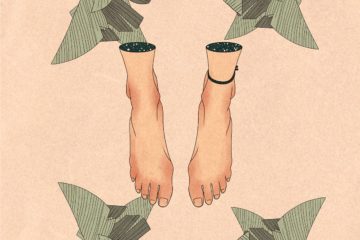Gender Inequality in the Labor Market after the Financial Crisis: Focused on the Gender Differences in Work Career and Wage
Lee, Soon-Mi. 2015. Journal of Korean Women’s Studies 31(2): 91-129.
To analyze whether the low quality of women’s employment is due to the effect of the life event, interruption or deepening gender inequality in the labor market after the financial crisis, this study deals with work career and wage trajectories of those who entered the labor market after 1998 by utilizing work-history data in the 15th prepared by the KLIPS.
According to the outcomes of the analysis, the effect of gender on work career is striking in trajectories of employment form. Trajectories of occupation types and firm types are stratified not based on gender but education level. But wage’s trajectories are greatly gendered. There is a discrepancy between work career and wage trajectory of women.
Such outcomes show that the labor market after the financial crisis has made most women become low-paid workers regardless of their work career by varying the compensation system according to the gender, although higher career which were the exclusive property of high educational men is open to women. Therefore, in order to improve the quality of women’s employment, priority attention must be given to the improvement of low compensation system rather than the assurance of labor market participation such as work-family reconcile policy.
An Analysis of the Gender Wage Gap in Youth Generation
Yoo, Jeong-Mi. 2017. Journal of Korean Women’s Studies 33(1): 107-155.
This study aims to analyze what causes the gender wage gap among young graduates who currently joined labor market, referring to the GOMS data collected by Korean Employment Information Service and using Oaxaca decomposition method. My findings are as follows: first of all, there is little gender difference in human capital among university graduates; moreover, there is little impact of human resources over gender wage gap (7.1%). In addition, the demand factors form approximately more than half the possible factors (62.1%), which can be strongly interpreted as one of the key discrimination causes. Especially, women from Human Science and Social Science are exposed to gender exclusion, and it influences the gender wage gap. Lastly, gender wage gap initiated by gender differences in the rewards is 32.1%. In particular, the differential compensation factor of college (i.e. two or three year or community colleges) graduates accounts for 44.4%. Consequently, the gender wage gap of young generation is more likely to be caused by discrimination than by the difference of human resources between men and women.
The government should pursue the multifaceted policy to eliminate the gender wage gap in younger generation. The employment policy for young women should be implemented in a way that includes solving the gender gap in addition to the problem of career interruption.


